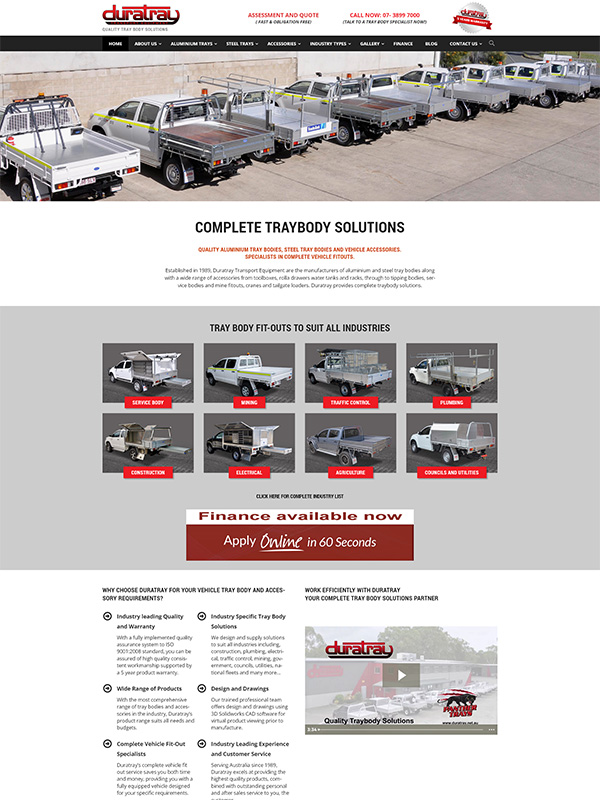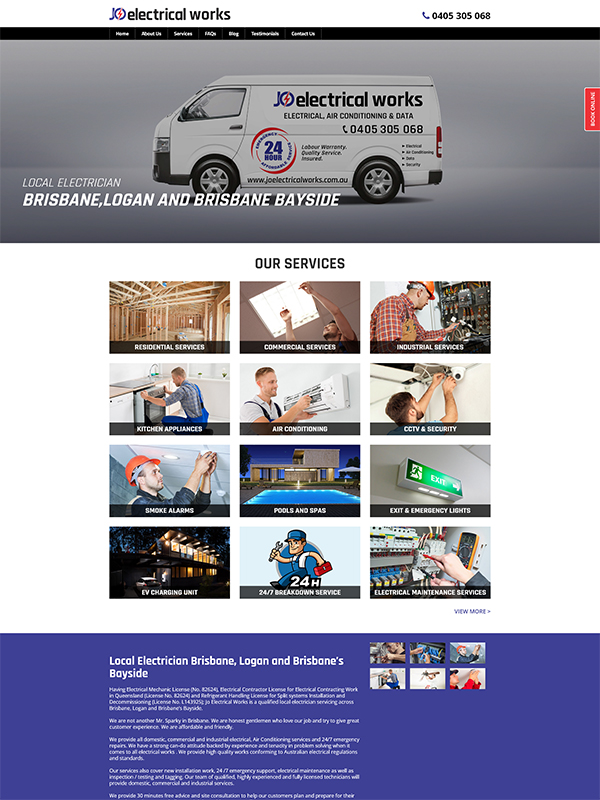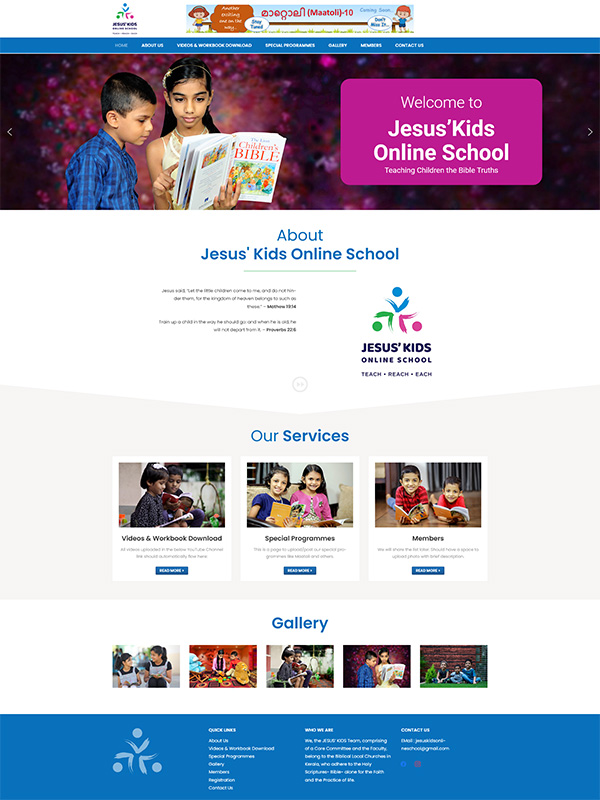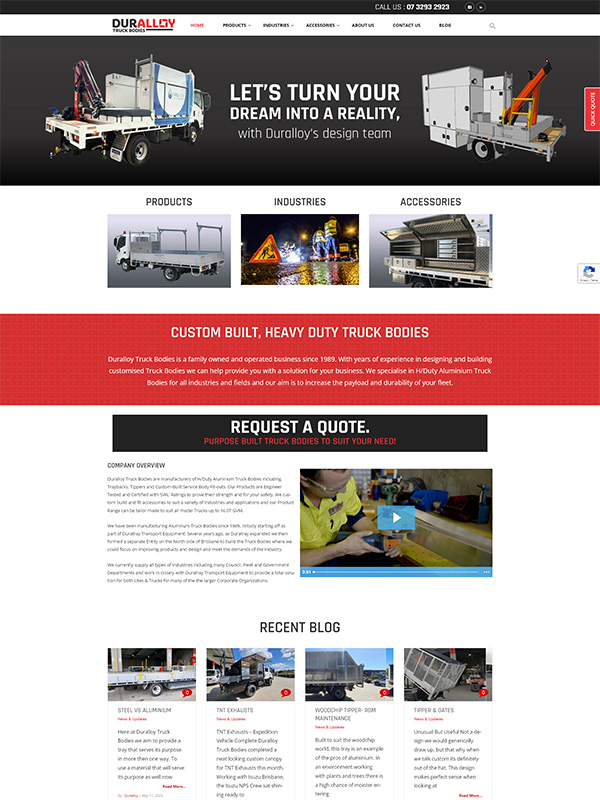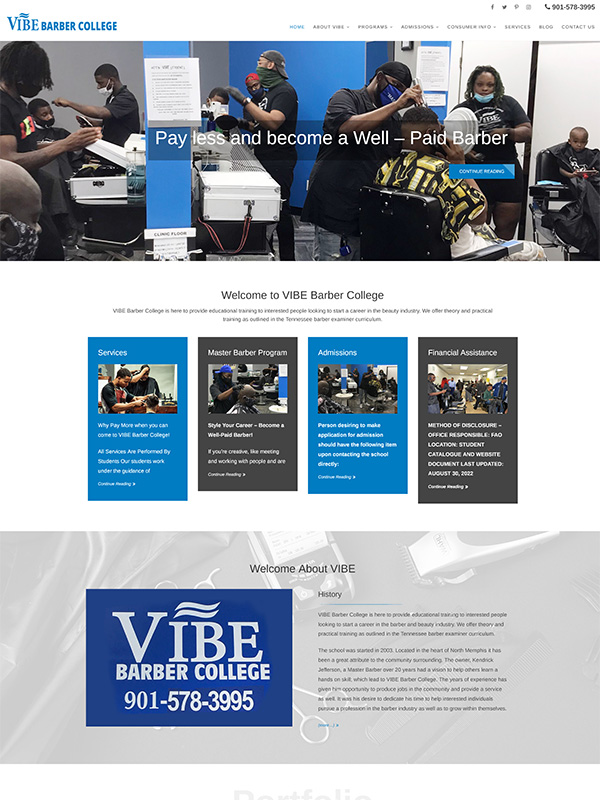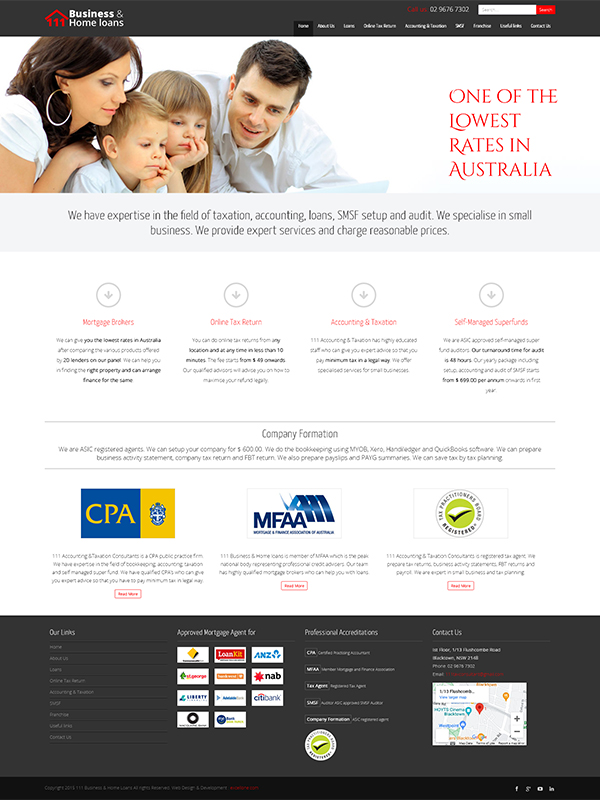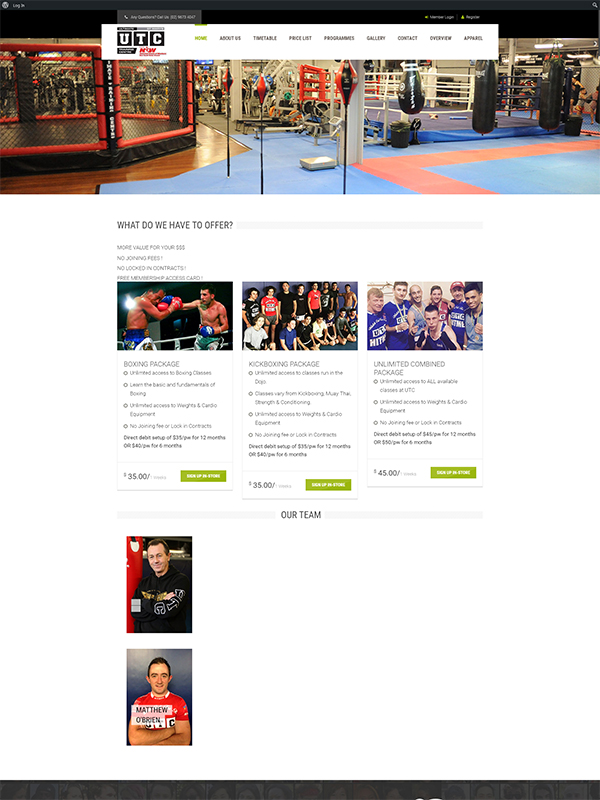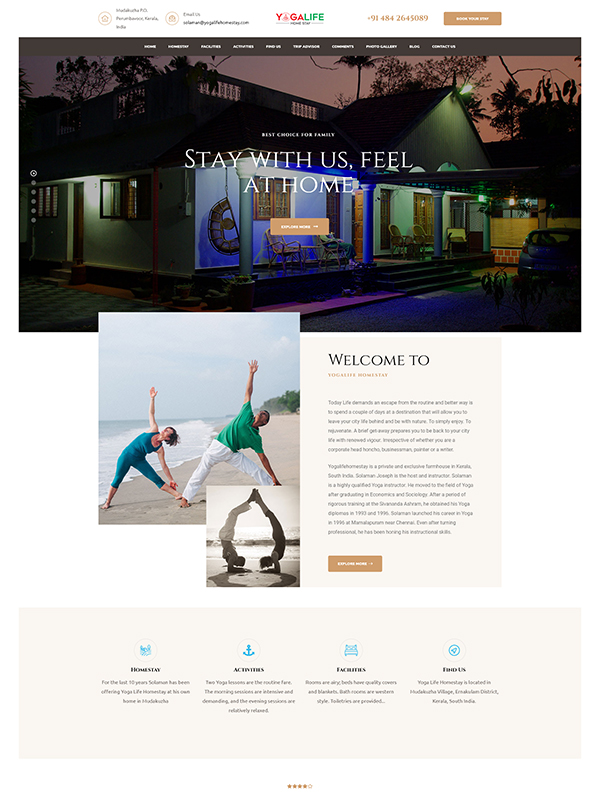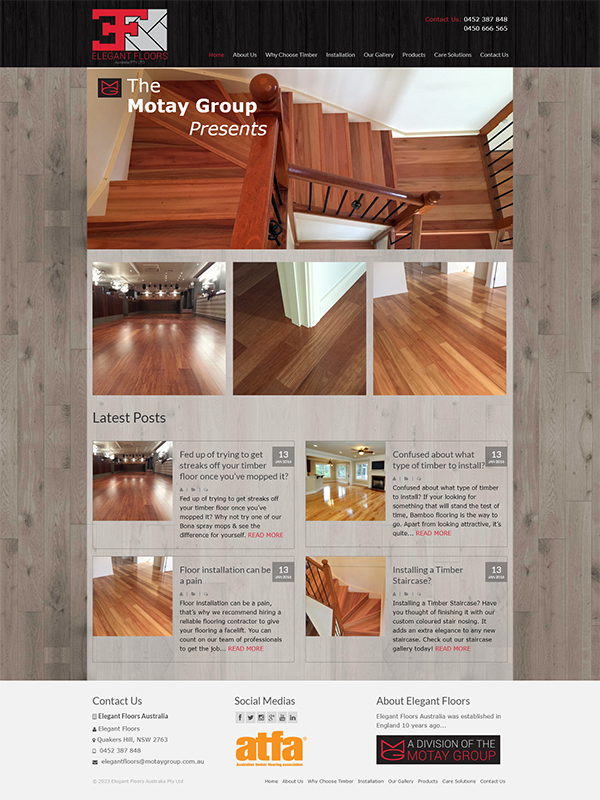Information Architecture
User Experience Design

Do you have a concept to execute?
Information Architecture
More and more businesses and organisations are recognising the importance of good information architecture as they become aware of the need of their visitors to navigate intuitively through their websites and find the exact information they are looking for. Great content and superior functionality both will not add up to anything if people can't find the information.
Information Architecture helps to identify and organize information in a purposeful and service-oriented way. Information architecture encompasses the work involved in creating intuitive navigation schemes for websites, web applications and mobile applications and deals with the organising and labelling of data.
Information Architecture as a part of User Experience Design seeks to improve the access, relevancy, and usefulness of information to a specific audience. It is also indirectly related to database design, document design, and knowledge management. Information architecture brings together principles of design and architecture to the digital landscape and generally involves a model of information that is used in areas such as library systems and database development. The main function of information architecture is to support usability and findability.
Some of the important concepts involved in information architecture are explained below:
Information
Information in the context of information architecture includes documents, websites, intranets, software applications, images, videos and so on. It comes in all shapes and sizes and is also related to meta data.
Structuring
Structuring is the process by which information is reduced to its most basic building blocks and then interlinking these blocks with one another.
Organisation
Once these building blocks are interlinked, they are grouped together into distinctive units according to a predefined logic. This process is called Organising.
Labelling
Labelling is the process of providing appropriate and meaningful titles or wordings to this information that is now organised so as to support easy navigation and findability.
Finding
The most crucial success factor for any information architecture exercise is findability. It helps users to find the required information through browsing the website, searching or through other mechanism like an FAQ and so on.
Frequently Asked Questions (FAQs)
What is Information Architecture, and why is it important for my website?
Information Architecture (IA) organizes and structures your website's content to improve usability, making it easier for users to navigate and find the information they need.
How does Excellone approach Information Architecture design?
We begin by understanding your target audience and business goals, then develop a logical content hierarchy, labeling system, and user flows to ensure optimal navigation and clarity.
Can Information Architecture improve my website's SEO performance?
Yes, a well-structured IA helps search engines crawl and index your website effectively, improving your chances of ranking higher on search results by providing clear and relevant content.
How does Information Architecture differ from User Experience (UX) design?
While IA focuses on organizing content and navigation, UX design encompasses the overall experience, including usability, visual design, and user interaction with the website. Both are essential for an intuitive digital product.

